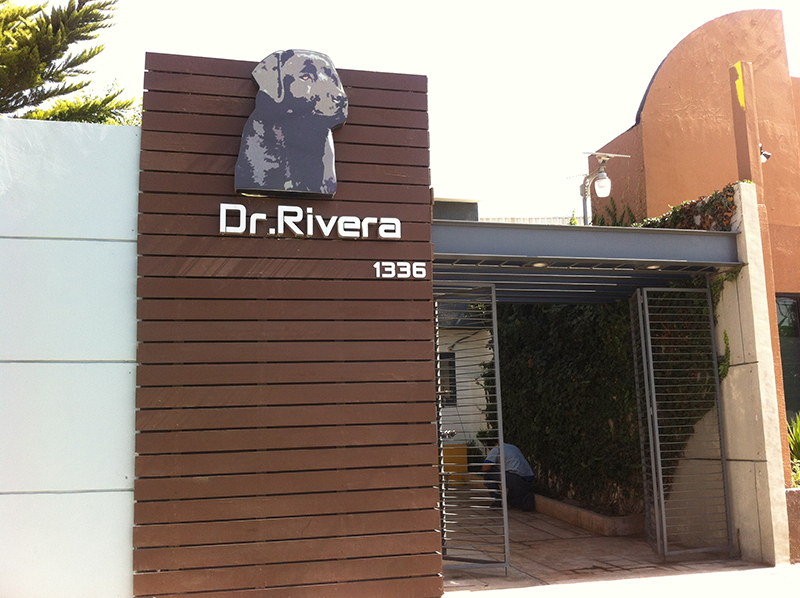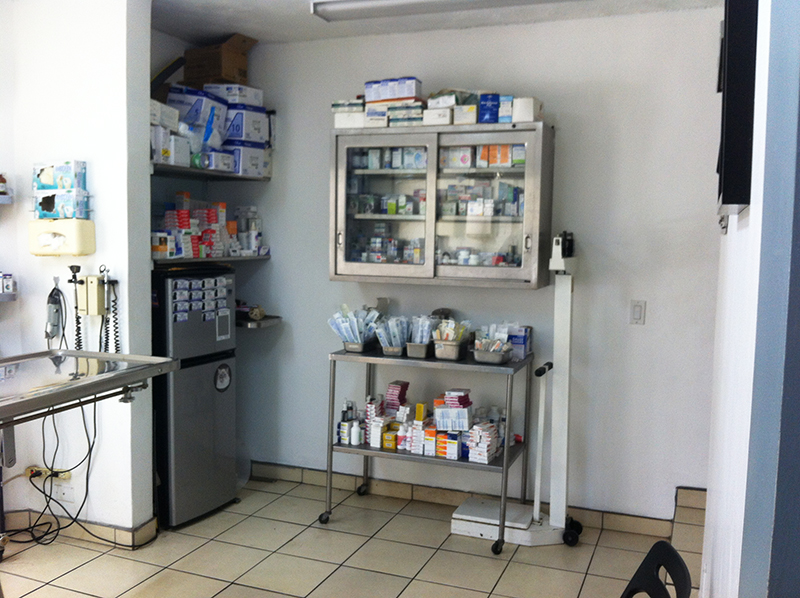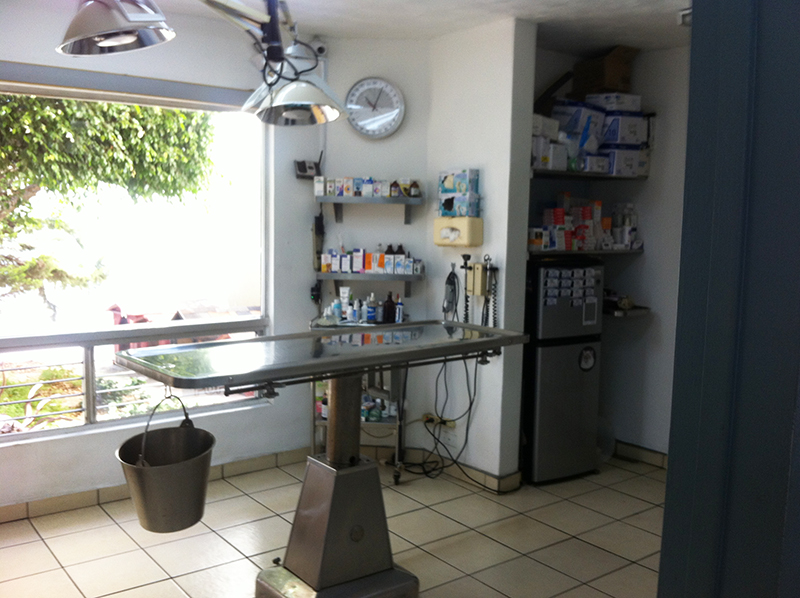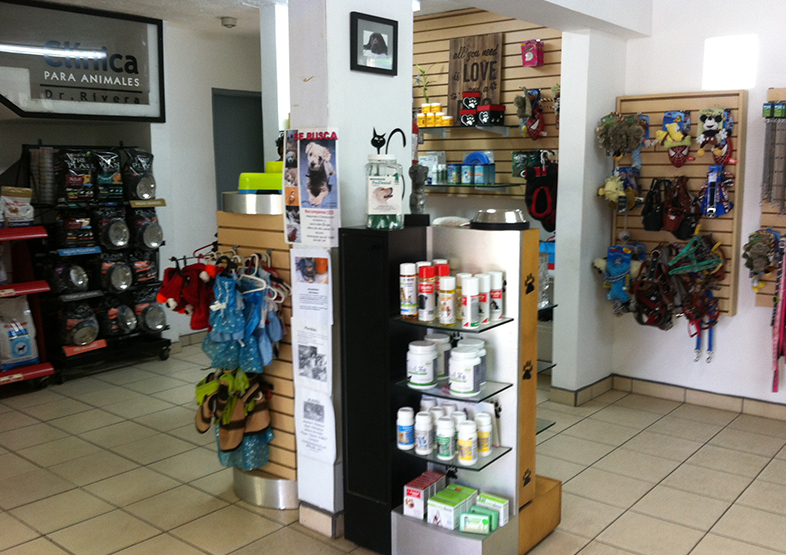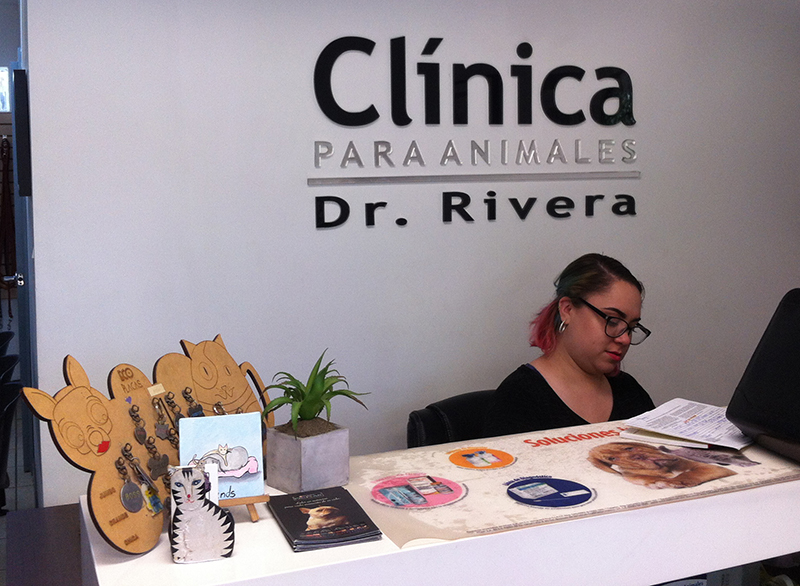The actual IVDD diagnosis was a shock to us all. Having had dogs my whole life, I thought I knew the source of Henry's symptoms. I thought the origin of Henry's pain was stemming from his muscles, tendons, and ligaments but after taking him to my Vet, I learned the victims were his vertebral discs.
Since I was still somewhat ignorant to the world of IVDD, when Henry and his younger sister June were both diagnosed, I thought… how could this be? How could Henry have the exact same diagnosis as June? June is much younger and far more active! When June started showing symptoms, I rushed her to the ER where the on-call vet administered Rimadyl for inflammation, Tramadol for back pain, and Roboxin to relax muscles. But the worst was yet to come, my rambunctious pet was to be “confined to rest” for a month!
With a lot of diligence on my part, June recovered, only to re-injure her back when she was three years old! After a series of x-rays and veterinary examinations, I learned that June was a “chondrodystrophic” breed, which means a dog with short legs and long spines (but not always), prone to IVDD. When the vet told me that June’s back was like a “ticking time bomb” and suggested spinal surgery or maybe even euthanasia, I panicked. Was my sweet angel destined to a life of pain and other maladies than can accompany IVDD such as shaking, and loss of appetite and bladder control? I felt an immense sadness and frustration. To learn Henry was being diagnosed with the same thing was shocking.
We soon learned that IVDD, or Intervertebral Disc Disease, is a degenerative disease that affects countless breeds at various ages and activity levels. It occurs when discs in the spinal column begin to shift so much so that they protrude outward, pressing against the spinal cord and its nerves. The discs are thick plate- or disc-like cushions, which lie between the bony vertebrae in the spine. They are composed of a fibrous outer layer called the annulus fibrosus and a pulpy, gelatinous center called the nucleus pulposus. They help to cushion the spine as your dog walks, trots, runs, twists, and jumps. As time goes by, the discs start to degenerate. The blood supply to the disc decreases, so the tissues are not so vital and resilient. The soft, gelatinous central material is replaced with harder cartilaginous material.
We also learned that there are two types of IVDD and yes, both young and old dogs can have it!
Type I can affect dogs at any age, and is mostly seen in (but not limited to) chrondrodystrophic dogs, or dogs bred to be shorter and stockier. (Examples of chondrodystrophic breeds are the Dachshund, Pekinese, Lhasa Apso, Shih Tzu, Basset, Beagle, and Poodle.) This type occurs when a dog’s spine experiences a sudden impact that causes the disc to shift out of place.
Type II – the type Henry was diagnosed with — is more gradual but the results are the same: pressure on the spinal cord and its nerves caused by a bulging disc. Type II IVDD affects older dogs between the ages of 8 and 15 by its very nature, and isn't targeted to primarily chrondrodystrophic breeds. In the Type II disc disease, the tear in the outer layer is smaller and tends to occur gradually over a period of time. The central material tends to bulge up into the spinal canal but then will fall back into place between the vertebrae. This second Type tends to occur in breeds with normal cartilage.
For both types, rest, laser light therapy, anti-inflammatories, and even surgery are the common protocol and can aid in helping to manage, if not completely relieve, dog back pain; however, older dogs suffering from Type I are less likely to bounce back as quickly as younger dogs and are more likely to experience continual back problems throughout their lives.
Our lives changed forever when June and Henry were diagnosed with IVDD and a big part of my life revolved around finding ways to make their pain go away. Emergency room visits, strong medication and complete crate rest were not what I’d envisioned when we brought our sweet puppies home and caring for a dog with IVDD can be draining emotionally, as well as financially. It was hard for me to watch my pups not be able to play and jump around like ‘normal’ dogs, hear them whimper in pain, and watch them have muscle spasms. No dog mom wants to see their pups not well, especially when they are in physical pain.
I realized that if June remained still, she wouldn’t injure her back. But what kind of life is that for a dog? Dogs need to be active. I had to find a way to keep June from twisting her spine and wiggling so much, while she went about her daily business. That’s when the solution came to me. June needed a back brace for dogs, something like what the chiropractor gave me when I had injured my back. I immediately combed through the pet shops and searched online. I even asked my vet for a dog back brace, but there was nothing out there that would work for June. Unwilling to give up, I hired a seamstress and together we designed a vest with strong boning to keep June from wiggling. And guess what? It worked! And that was the very first WiggleLess® dog back brace. It afforded June the comfort and stability she needed to live a full, comfortable and happy life and we’ve been making them ever since!






